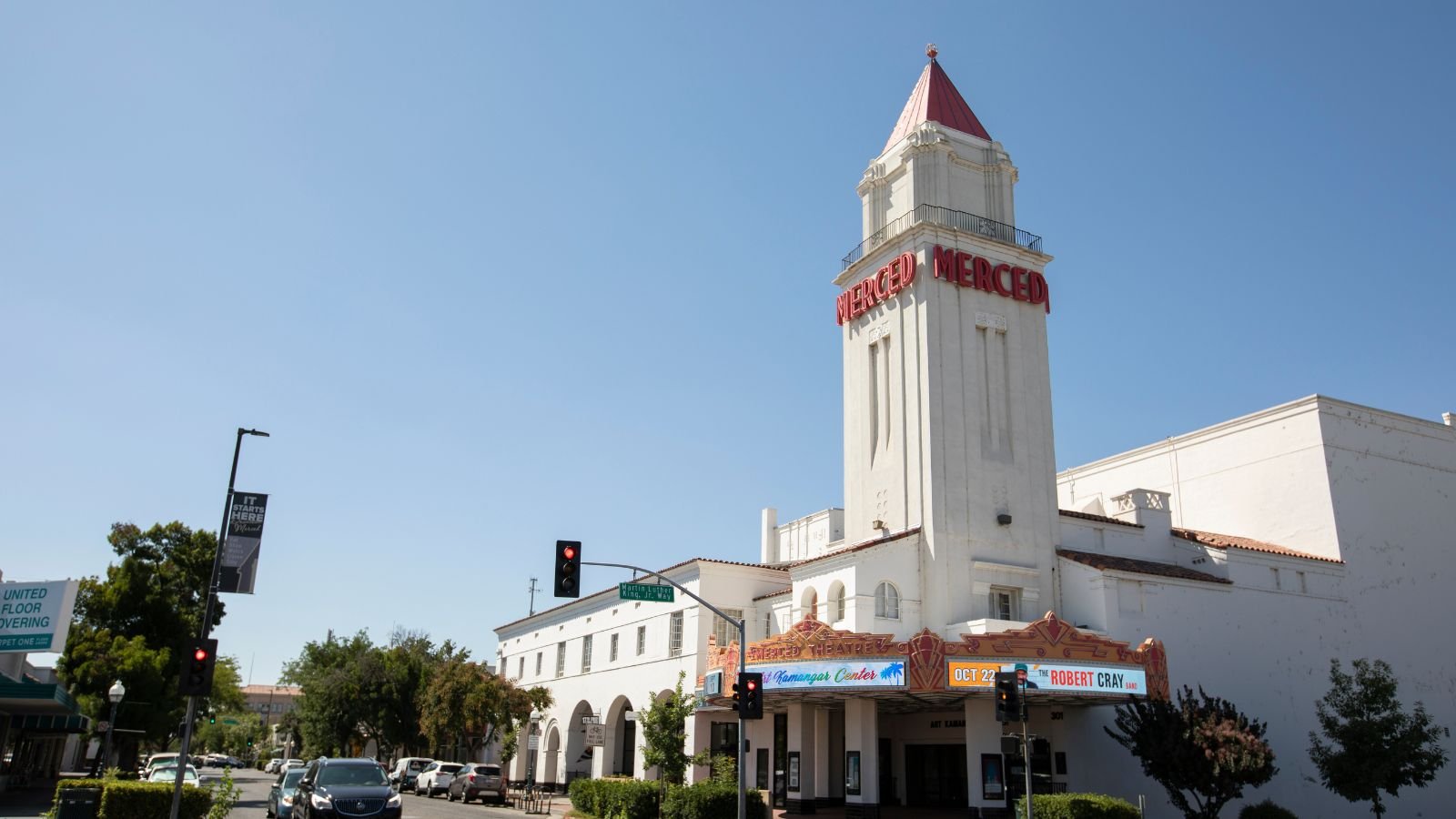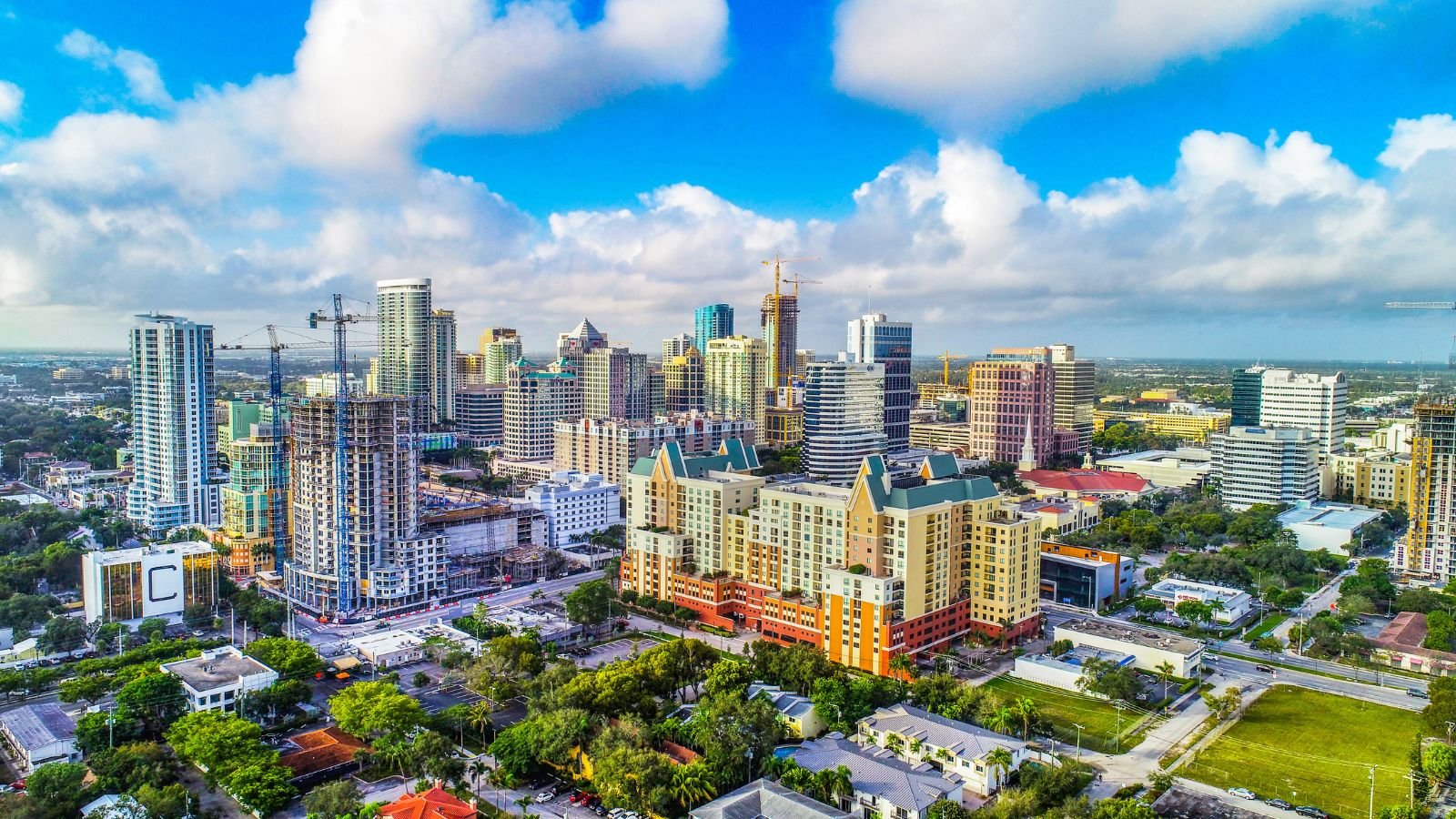While some cities in America are romanticized as laid-back, it is crucial to understand the underlying reason for their lazy lifestyle. Here, “lazy” isn’t about kicking back on the beach – it’s about a combination of factors that can paint a concerning picture of a community’s health.
To prepare this list, we have taken reference from the 2023 County Health Rankings & Roadmaps, a joint program by the Robert Wood Johnson Foundation and the University of Wisconsin Population Health Institute. This program uses metrics like regular exercise rates, life expectancy, obesity rates, and the prevalence of chronic diseases to identify cities where overall health and activity levels dip.
As we move down the list, we will find places where a slower pace of life might be due to something more than just enjoying the scenery.
Elizabethtown-Fort Knox, Kentucky

The city has an obesity rate of 39.2% in adults, which is just below the national average (41.9%) and ranks 43rd out of 384 metro areas in terms of obesity. This could be linked to a lack of exercise or unhealthy eating habits. The percentage of adults who don’t exercise regularly is also high (28.4%).
It can be due to many reasons, such as limited access to affordable gyms or healthy food options, hectic work schedules or childcare limitations that make exercise difficult or cultural or socioeconomic factors that influence diet and activity levels.
Hattiesburg, Mississippi

Due to several factors, Hattiesburg, Mississippi, is considered one of the laziest cities in the US. With 28.4% of adults not getting regular exercise, it’s clear that many residents prioritize a sedentary lifestyle. This lack of activity is further reflected in the high adult obesity rate of 39.1%, placing the city at number 44 out of 384 metro areas.
Additionally, a significant 18.6% of adults report being in poor or fair health, highlighting a potential consequence of physical inactivity. These statistics all contribute to the city’s low life expectancy of 75.1 years, ranking 339th out of 384 metro areas.
Victoria, Texas

Victoria, Texas, while showing similar exercise habits to the national average, with 28.6% of adults not exercising regularly, possesses some indicators contributing to its reputation as a less active city.
Despite a lower adult obesity rate (38.2%) compared to other contenders on this list, a significant 19.2% of adults report being in poor or fair health. This suggests a lifestyle extending beyond just exercise and could include factors like diet or access to healthcare.
Additionally, while the life expectancy of 77.5 years is higher than that of some other cities labeled as lazy, it remains below the national average. These combined factors likely influence Victoria’s ranking as a less active city.
Lexington-Fayette, Kentucky

Lexington-Fayette, Kentucky, is considered one of the laziest cities in the US, despite a relatively high exercise rate of 28.6% compared to the national average. However, a significant 16.4% of adults report being in poor or fair health, suggesting a lifestyle factor beyond exercise contributing to this. Additionally, the life expectancy of 77.4 years is slightly below the national average. While the adult obesity rate of 34.1% is lower than some other contenders, it remains a concern. These factors likely influence Lexington-Fayette’s ranking as a less active city.
Lafayette, Louisiana

Lafayette, Louisiana, presents a complex picture when it comes to laziness. While it shares a similar exercise rate (28.6% not exercising) with some previously mentioned cities, other factors paint a different story. Lafayette has a higher adult obesity rate (37.0%) than the national average, ranking 110th out of 384 metro areas. This suggests a potential lean towards less active lifestyles. However, it’s important to note that the obesity rate is lower than some other cities labeled as lazy.
Interestingly, Lafayette boasts a higher percentage of adults reporting good or excellent health (81.9%) compared to the national average. This could be due to other lifestyle factors or access to healthcare. However, the life expectancy of 76.2 years falls below the national average, ranking 286th out of 384 metro areas.
Macon-Bibb County, Georgia

Macon-Bibb County, Georgia has a concerning number of adults not exercising regularly at 28.7%. Additionally, a significant 19.0% of adults report being in poor or fair health. This, coupled with a below-average life expectancy of 74.1 years, suggests a less active lifestyle. While the adult obesity rate of 38.9% is lower than some contenders, it remains a risk factor. These factors likely contribute to Macon-Bibb County’s designation as one of the laziest cities.
Lake Havasu City-Kingman, Arizona

Lake Havasu City-Kingman, Arizona, has a number of factors contributing to its reputation as a lazy city. Despite a similar exercise rate to the national average (28.7% not exercising), a significant portion (16.7%) of adults report being in fair or poor health. This suggests inactivity beyond just exercise, like diet or access to healthcare.
The city’s hot and dry summers likely influence exercise levels. Outdoor activities become less appealing with scorching temperatures for much of the year. This could lead to a more sedentary lifestyle for residents. Furthermore, while the adult obesity rate (35.7%) isn’t the highest, it’s still a concern. Combined with the below-average life expectancy of 75.5 years, these factors paint a picture of a city where a less active lifestyle may be prevalent.
Merced, California

Merced, California, presents a bit of a paradox regarding laziness. While the percentage of adults not exercising regularly (28.9%) is similar to others on this list, Merced has a higher adult obesity rate (38.0%) than the national average. This, along with a very high percentage (21.7%) of adults reporting poor or fair health, suggests a significant public health concern.
However, Merced also boasts a higher-than-average life expectancy (78.2 years). This seemingly contradicts the other indicators. There could be external factors at play, such as access to quality healthcare, influencing life expectancy. Overall, Merced’s data suggests a complex situation. While inactivity is certainly a risk factor, other lifestyle elements or socioeconomic conditions might be impacting the health of its residents.
Owensboro, Kentucky

Owensboro, Kentucky’s reputation as a lazy city likely stems from a combination of factors. With 28.9% of adults not exercising regularly, it appears physical activity isn’t a priority for many residents. Kentucky is known for its fried foods and sweeter cuisine, which could be contributing to the high adult obesity rate of 39.1%. Additionally, 18.2% of adults report being in poor or fair health, suggesting a connection between diet, exercise, and overall well-being. While the life expectancy of 76.4 years is near the national average, other factors likely influence Owensboro’s designation as a less active city.
Miami-Fort Lauderdale-Pompano Beach, Florida

Despite a higher-than-average life expectancy of 81.5 years, a significant portion (29.0%) of adults still don’t exercise regularly. One possibility is that while the weather encourages outdoor leisure, it might not always translate to structured exercise. Additionally, the adult obesity rate, at 29.6%, while lower than the national average, suggests a potential preference for less active leisure pursuits.
It’s important to note that a higher percentage (17.4%) of adults report being in fair or poor health compared to the national average. This could be due to factors beyond exercise, like diet or socioeconomic conditions. Overall, Miami-Fort Lauderdale-Pompano Beach seems to be a city where a relaxed lifestyle coexists with a surprising health advantage.
Springfield, Ohio

Springfield, Ohio has a number of factors contributing to its designation as a lazy city. With 29.0% of adults not exercising regularly and a high adult obesity rate of 36.7%, physical inactivity seems to be a concern. This is further supported by a fair number of adults (16.3%) reporting poor or fair health. While Springfield boasts a slightly higher percentage of adults reporting good or excellent health compared to the national average, the below average life expectancy of 73.9 years suggests a connection between these lifestyle factors and overall health.
Montgomery, Alabama

Montgomery, Alabama carries the burden of the second-highest adult obesity rate in the US at a staggering 44.4%. This, alongside a significant number of adults not exercising regularly (29.0%) and reporting poor or fair health (19.1%), paints a clear picture of a city struggling with inactivity. While the life expectancy of 75.3 years is slightly below average, it might be due to factors beyond physical activity. Montgomery’s ranking as a lazy city likely stems from this confluence of concerning health indicators.
